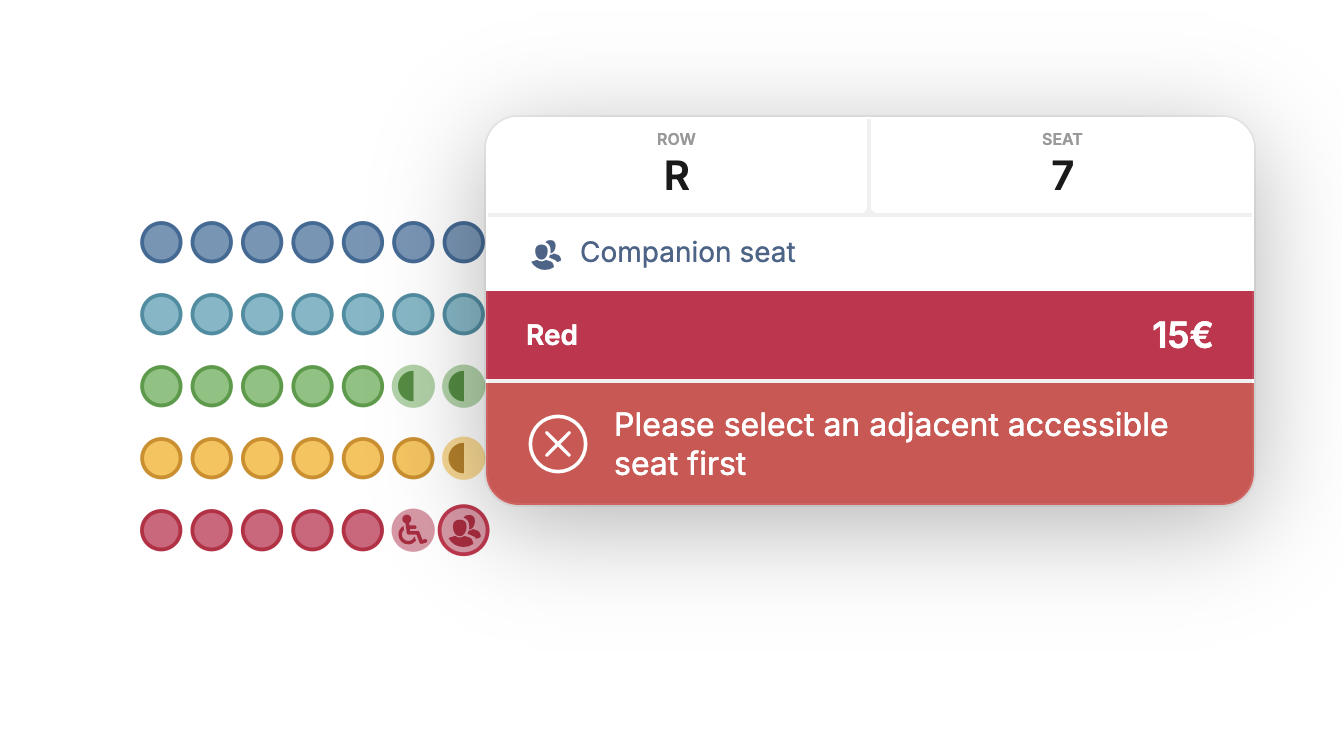selectionValidators
selectionValidators
Type: array
Default: []
selectionValidators: [
{type: 'noOrphanSeats'},
{type: 'consecutiveSeats'},
{ type: 'minimumSelectedPlaces', minimum: 4 }
]
Selection validators run every time a seat is selected or deselected. They check whether there are no orphan seats, and/or whether all selected seats are consecutive (meaning: next to each other and in the same category).
If the selection is valid, onSelectionValid is triggered. If not, onSelectionInvalid is triggered.
A typical way to use this is to disable the checkout button on your form and to show a warning when onSelectionInvalid is triggered.
Prevent Orphan Seats
The noOrphanSeats selection validator validates whether a selection leaves behind isolated single seats, also known as orphan seats.
selectionValidators: [
{ type: 'noOrphanSeats' }
]
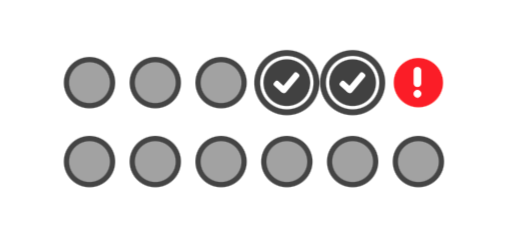
However, not every single empty seat is necessarily considered an orphan seat. A selection that leaves a single seat empty may still be allowed, but only if there’s no other way to select the same number of seats without leaving a single seat behind. This rule ensures that ticket buyers can still make a selection when only a few seat groups remain, typically near the end of sales .
For example, consider two rows, each with just three available seats left:
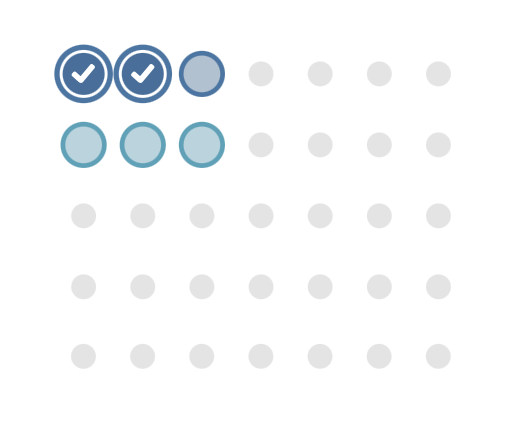
In this scenario, if a ticket buyer needs two seats together, they will have to leave an empty seat beside them. Since there is no alternative way to fulfill the ticket buyer's seating preference without leaving an empty seat, the empty seat created in this situation is not considered an orphan.
Lenient mode
You can make the orphan seats validator less restrictive by passing in mode: 'lenient':
selectionValidators: [
{ type: 'noOrphanSeats', mode: 'lenient' }
]
In lenient mode, single empty seats are not considered orphans if there's no other way than to leave an empty seat in the current "block". Meaning: in the current group of selectable seats that are next to each other:

The default mode is 'strict':

Ignoring category boundaries
By default, orphan seat detection identifies potential orphans both at the ends of rows and within rows when adjacent seats belong to different categories. You can change this behavior by passing in ignoreCategories: true; differences in seat categories won't trigger orphan seat detection anymore.
selectionValidators: [
{ type: 'noOrphanSeats', ignoreCategories: true }
]
For instance, take a chart that looks like this without any selection:

With ignoreCategories: false (i.e. the default), this selection will trigger an orphan seat:
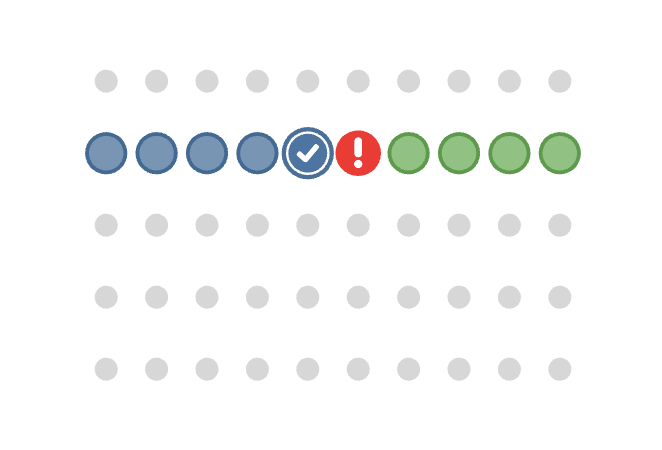
However, with ignoreCategories: true, the same selection will not trigger an orphan seat:
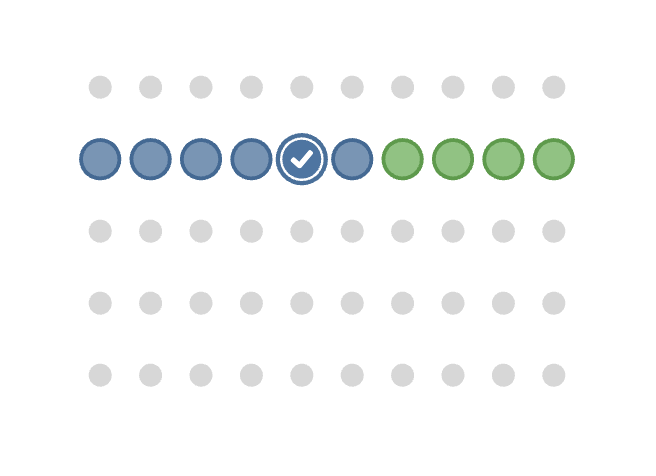
Highlight
By default, orphans are highlighted by an exclamation mark, and are colored red. If you prefer this doesn't happen, pass in highlight: false.
selectionValidators: [
{ type: 'noOrphanSeats', highlight: false }
]
Consecutive Seats
The consecutiveSeats selection validator checks for seats that are not in the same row and are not next to each other. It also checks for seats that do not have the same category.
This validator doesn't show errors on the chart, but it triggers the onSelectionInvalid event every time an invalid selection is made (i.e. when the current selection contains non-consecutive seats).
selectionValidators: [
{ type: 'consecutiveSeats' }
]
Minimum Number of Selected Places
The minimumSelectedPlaces selection validator checks if a selection meets the minimum number of places that must be selected.
This validator does not display errors on the chart, but it triggers the onSelectionInvalid event every time an invalid selection is made (i.e. when the total number of selected places is less than the minimum required).
selectionValidators: [
{ type: 'minimumSelectedPlaces', minimum: 4 }
]
minimum
The minimumSelectedPlaces selection validator has a required minimum field, which indicates the minimum number of places that needs to be selected before a selection is considered valid. Table seats are counted as places, and so are places in Areas.
Companion Seats
The companionSeats selection validator ensures that companion seats can only be selected next to accessible or semi-ambulatory (ADA) seats. Unlike other validators, it doesn’t just validate after selection — it actively prevents invalid selections from happening in the first place.
This validator is enabled by default. If need be, you can disable it by passing enabled: false, like so:
selectionValidators: [
{ type: 'companionSeats', enabled: false }
]
Companion seats are only selectable if at least one adjacent accessible or semi-ambulatory seat is selected.
If there are no accessible seats left next to a companion seat, the companion seat becomes freely selectable.
When deselecting a companion seat, the validator automatically deselects any adjacent selected accessible seats if needed, ensuring no invalid combination remains.
When a companion seat is not selectable, a message is displayed to the user, indicating that they need to select an accessible seat first:
